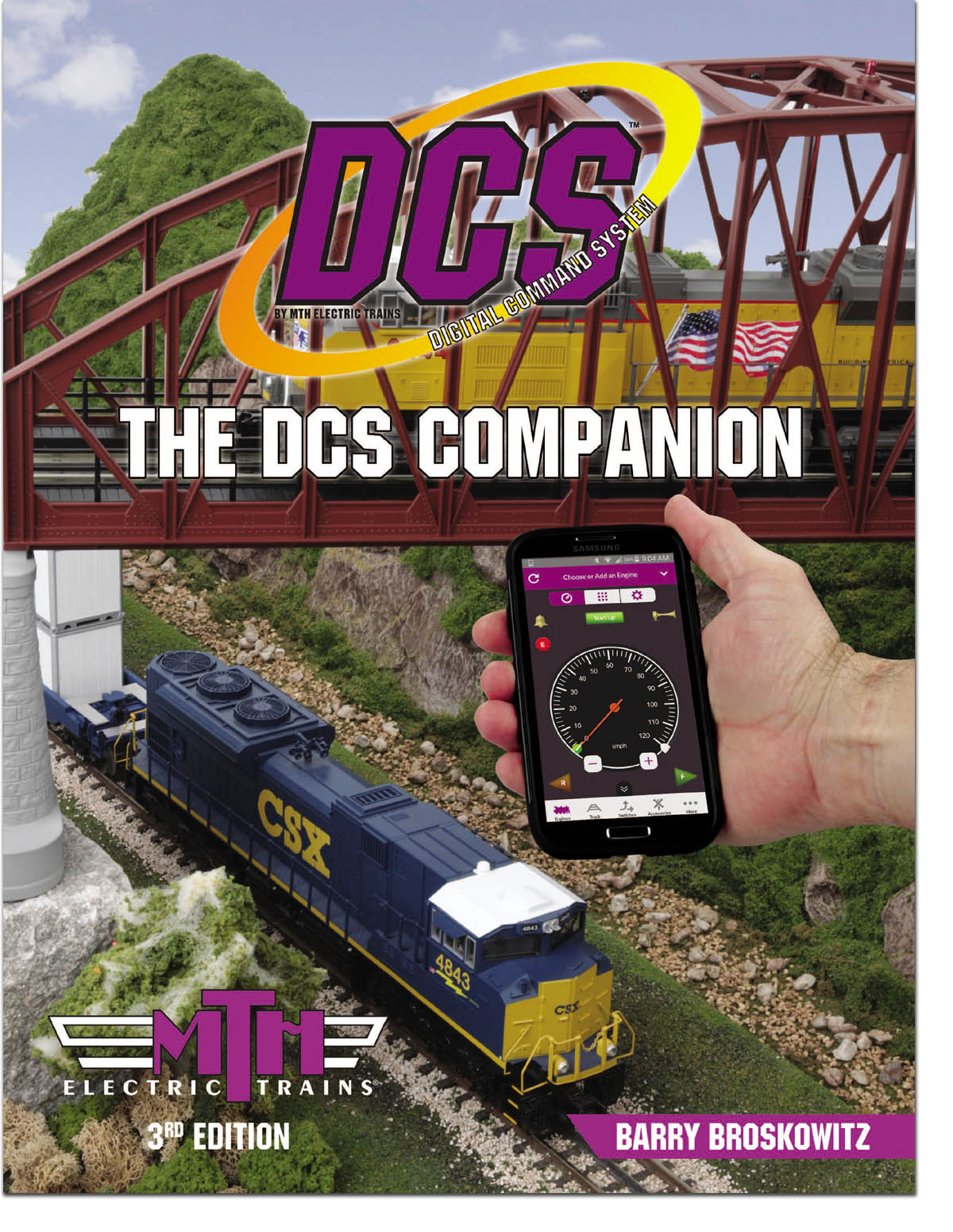I recently purchased a used GP38-2, Proto 2, engine to match one I already had so as to have a lash up AA set. I had no trouble setting up the lash up but when operating the double engines I find that one direction operates flawlessly and the opposite direction produces "bucking" as if one engine is trying to go faster than the other. I have oiled and lubricated both engines but am at a loss to diagnose the problem. Anyone experience this when lashing up MTH engines?
Replies sorted oldest to newest
run the engines uncoupled and a few inches apart. See if the speed is a big difference between the 2. Sounds like one engine has binding issues.
I have not had this issue myself. Usually when matched, they run well in both directions. I did have a G scale engine with loose motor mount screws. That caused the gears to slip. It made an audible clicking sound, more so in one direction.
Look at the traction tires if 3 rail.
I'm still having problems with these two engines when lashing them up. Each runs flawlessly when run as single engines but when lashed up they go a foot or so and then trip the breaker supposedly as one is slower than the other. I have greased and oiled each engine but when I run them in lashed up mode, they fail. I have run them in lashed up mode but uncoupled and I observe one is faster than the other. Has anyone ever had this problem an found a fix?
Check tach tape cleanliness. The fast one may be miss counting stripes causing it to be fast. Also make sure slower one does not have binding in truck or slipping traction tires.
What is you power source that the breaker trips? Does it have enough amps to run both simultaneously? G
Thanks, GGG, for your advice. Tapes are clean in both engines. Checked for lubrication - all is well greased and oiled (removed some excess grease in one engine's trucks. I run DCS with a Lionel brick and have had several engines running at the same time. Have other lash-ups that function well too. Still I get the differences in speed with these engines when lash-up is uncoupled, smooth running of both engines independently, and stall with breaker after a few feet in lash-up mode. May have to resign myself to not using this configuration.
The DCS Companion 3rd Edition pages 175-177 and The DCS WiFi Companion 1st Edition pages 181-182 may help in diagnosing speed control problems.
 | This and a whole lot more about DCS is all in MTH’s “The DCS Companion 3rd Edition!" This book is available from many fine OGR advertisers and forum sponsors, or as an eBook or a printed book at MTH's web store! |
 | This and a whole lot more about DCS WiFi is all in MTH’s “The DCS WiFi Companion 1st Edition!" Get the free TMCC & Legacy Addendum here! |
Miguelito posted:Thanks, GGG, for your advice. Tapes are clean in both engines. Checked for lubrication - all is well greased and oiled (removed some excess grease in one engine's trucks. I run DCS with a Lionel brick and have had several engines running at the same time. Have other lash-ups that function well too. Still I get the differences in speed with these engines when lash-up is uncoupled, smooth running of both engines independently, and stall with breaker after a few feet in lash-up mode. May have to resign myself to not using this configuration.
when the speed difference is too great, they fight each other. Of course if one has something wrong, that can make it worse. Traction tires caught in the trucks, debris in the gears, dried out or no grease, etc. Even a broken wire off a truck can lead to these issues when crossing switches and dead spots in the layout. One engine stumbles while the other drags or pushes it.
You should pin point which engine's speed is off using other MTH engines.



